I started this blog post on March 16, 2013 — that’s when I started shingling the Queen Anne Rowhouse — and it’s been sitting as a draft for 2,004 days. But not anymore, because the roof is finished!

I used hexagonal shingles that came with the Greenleaf Fairfield. I really liked them on the Fairfield and someone from the Greenleaf forum sent me a bag that she hadn’t used. I started by dumping them into a foil roasting pan and dumping stain on them. Then I picked them out (wearing gloves!) and pressed them under paper towels to get the stain off. Because this takes some time, some shingles get more color than others, which makes for nice variety on the roof. The stain I used is ACE Early American.
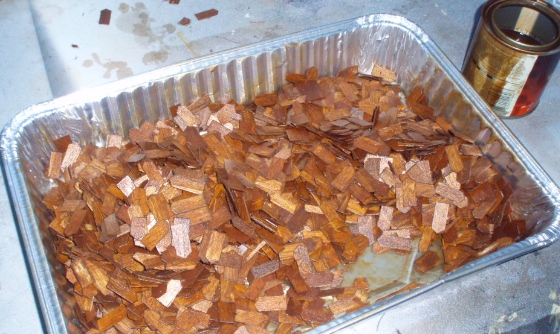
Behold the first row! I used to live in northern Marin county, where it gets hot. I would bring the house outside on a card table and shingle all afternoon.
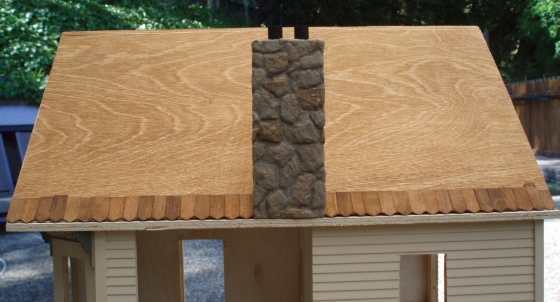
The rows are 5/16″ apart. When I try to draw all the lines at the beginning it turns into a horrible mess, so I shingle an entire row, and then draw the line for the next row. I had the foresight to write “lines 5/16″ apart” on the roof so I’d remember this five years later.
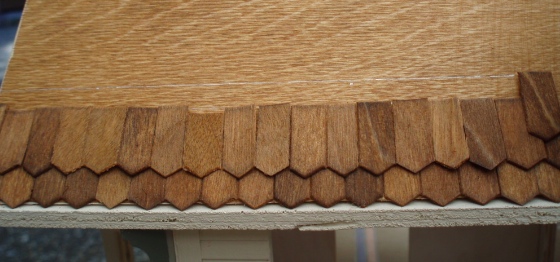
I turned shingles upside down to get them flush against the chimney. You can also turn shingles upside down to turn any shaped shingle into a rectangular shingle. (Makes me wonder why they sell rectangular shingles at all…)
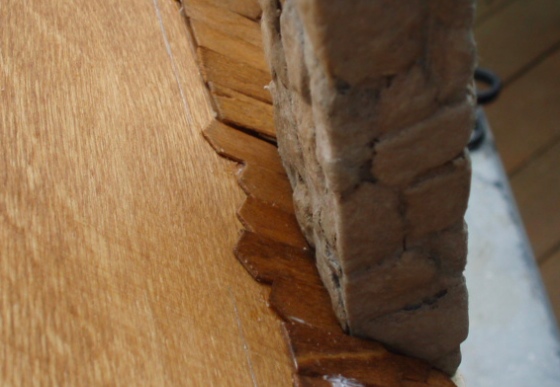
This is probably how much I got done in the first weekend. Each side of the roof is 15″ x 9″, with about 40 shingles per row.
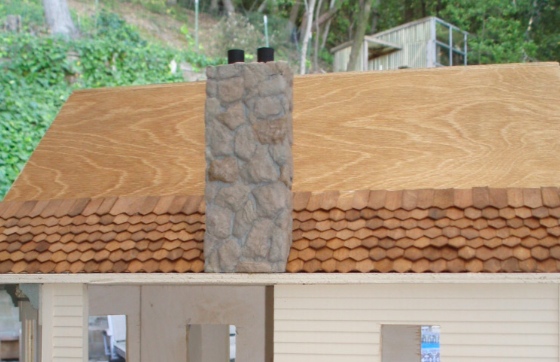
And here’s how far I’d gotten by the time I moved in October 2015. Not much progress for two years!
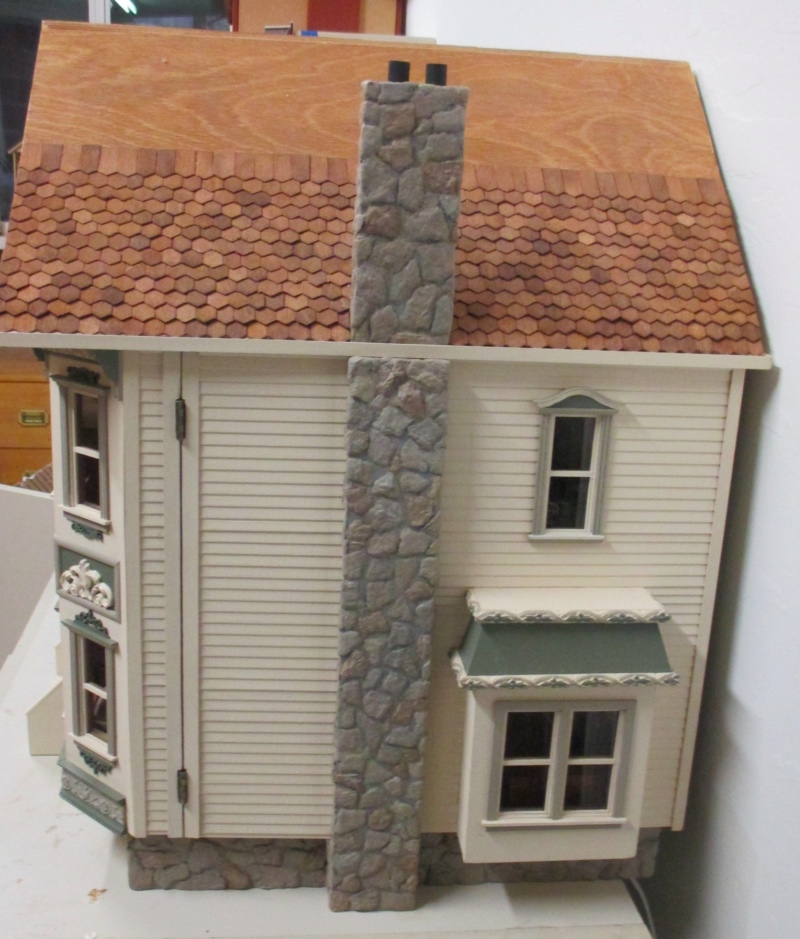
The house I moved to is in foggy San Francisco, and the backyard isn’t exactly scenic, so that marked the end of my “shingling in the yard” days. I didn’t start up again until this spring, when I brought the dollhouse upstairs from my workshop garage to shingle while watching TV. By the time I started fixing the stair rooms in June, the first side of the roof was almost done.
















 Emily is a freelance writer, miniaturist, and adventure game enthusiast.
Emily is a freelance writer, miniaturist, and adventure game enthusiast.

